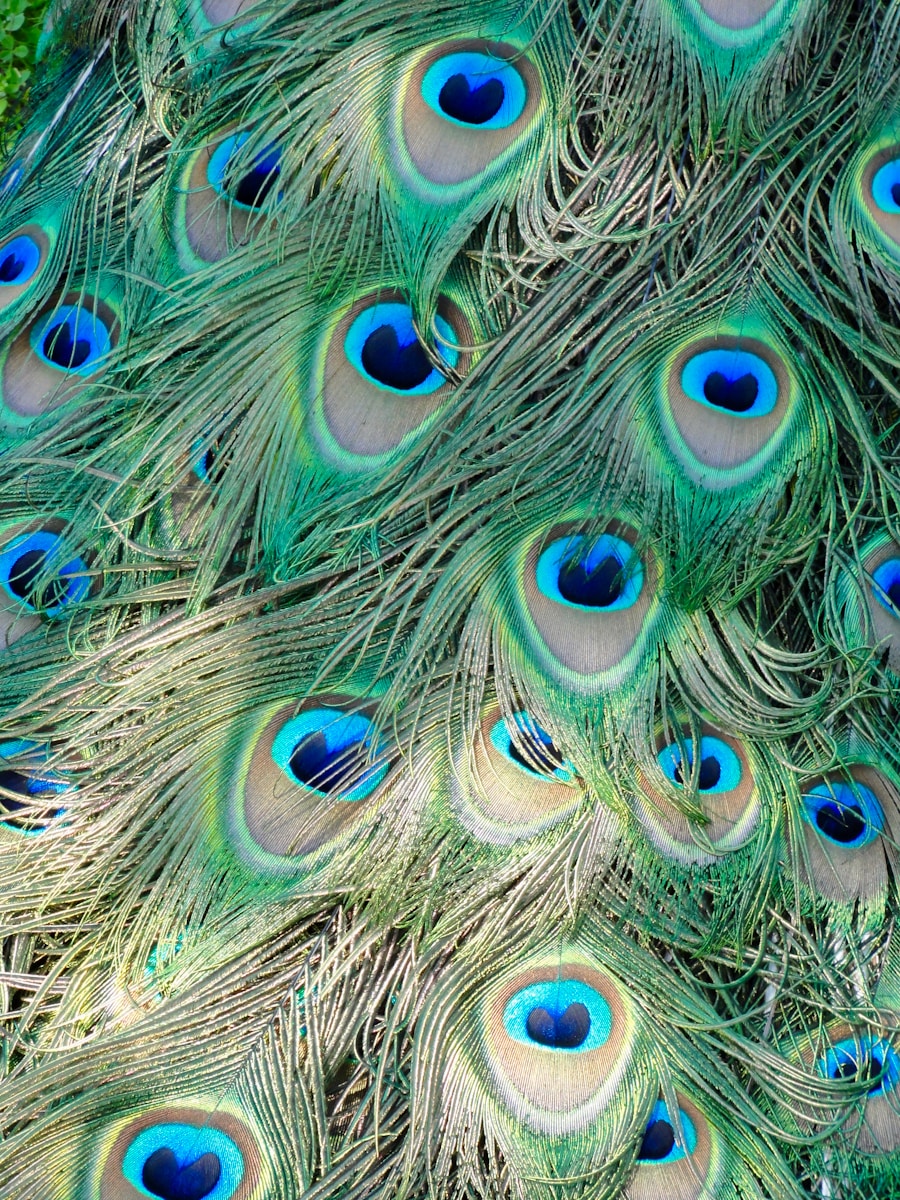Deep neural networks (DNNs) are a class of machine learning models that are inspired by the structure and function of the human brain. They consist of multiple layers of interconnected nodes, or neurons, which process data in a hierarchical manner. Each layer extracts increasingly abstract features from the input data, allowing the network to learn complex patterns and representations.
The architecture of a DNN typically includes an input layer, one or more hidden layers, and an output layer. The depth of the network—referring to the number of hidden layers—enables it to capture intricate relationships within the data. The fundamental building block of a DNN is the neuron, which receives inputs, applies a weighted sum, and passes the result through a non-linear activation function.
This non-linearity is crucial as it allows the network to model complex functions that linear models cannot capture. Common activation functions include the Rectified Linear Unit (ReLU), sigmoid, and hyperbolic tangent (tanh). The choice of activation function can significantly influence the performance of the network.
For instance, ReLU has become popular due to its ability to mitigate the vanishing gradient problem, which can hinder the training of deep networks.
Key Takeaways
- Deep neural nets are a type of machine learning model inspired by the structure of the human brain, consisting of multiple layers of interconnected nodes.
- Training deep neural nets involves feeding them large amounts of data to learn from, adjusting the weights of connections between nodes to minimize errors, and using techniques like backpropagation to optimize performance.
- Optimizing deep neural nets involves fine-tuning parameters, using regularization techniques to prevent overfitting, and exploring different architectures to improve efficiency and accuracy.
- Deep neural nets have a wide range of applications, including image and speech recognition, natural language processing, and autonomous vehicles.
- Challenges and limitations of deep neural nets include the need for large amounts of labeled data, computational resources, and potential biases in the training data.
Training Deep Neural Nets
Training Deep Neural Networks
Deep neural networks are adjusted by tweaking the weights of connections between neurons to minimize the difference between predicted outputs and actual targets. This process is typically accomplished through backpropagation, which computes gradients of a loss function with respect to each weight in the network. The loss function measures how well the model’s predictions align with true values, with common examples including mean squared error for regression tasks and cross-entropy loss for classification tasks.
### The Training Process
The training process is iterative and often requires a large amount of labeled data. The dataset is usually divided into training, validation, and test sets to ensure that the model generalizes well to unseen data. During training, the model learns from the training set while its performance is monitored on the validation set.
### Hyperparameters and Their Impact
Hyperparameters such as learning rate, batch size, and number of epochs play a critical role in determining how effectively a DNN learns. A learning rate that is too high may cause the model to converge too quickly to a suboptimal solution, while a rate that is too low can lead to excessively long training times.
Optimizing Deep Neural Nets

Optimizing deep neural networks involves fine-tuning various aspects of the model to improve its performance and efficiency. One common approach is to employ optimization algorithms such as Stochastic Gradient Descent (SGD) or its variants like Adam and RMSprop. These algorithms adjust the weights based on gradients computed from mini-batches of data rather than the entire dataset, which can significantly speed up convergence and reduce computational costs.
Another critical aspect of optimization is regularization, which helps prevent overfitting—a scenario where the model performs well on training data but poorly on unseen data. Techniques such as L1 and L2 regularization add penalties to the loss function based on the magnitude of the weights, discouraging overly complex models. Dropout is another popular regularization technique that randomly deactivates a subset of neurons during training, forcing the network to learn redundant representations and enhancing its robustness.
Applications of Deep Neural Nets
| Application | Metrics |
|---|---|
| Image Recognition | Accuracy, Precision, Recall |
| Natural Language Processing | BLEU score, Perplexity, F1 score |
| Speech Recognition | Word Error Rate, Phoneme Error Rate |
| Medical Diagnosis | Sensitivity, Specificity, AUC-ROC |
| Autonomous Vehicles | Object detection accuracy, Collision avoidance rate |
Deep neural networks have found applications across a wide array of fields, revolutionizing industries by enabling advanced capabilities that were previously unattainable. In computer vision, DNNs are employed for tasks such as image classification, object detection, and image segmentation. Convolutional Neural Networks (CNNs), a specialized type of DNN designed for processing grid-like data such as images, have achieved remarkable success in these areas.
For instance, CNNs have been used in medical imaging to detect anomalies in X-rays and MRIs with accuracy comparable to human radiologists. Natural language processing (NLP) is another domain where deep neural networks have made significant strides. Recurrent Neural Networks (RNNs) and their advanced variants like Long Short-Term Memory (LSTM) networks are particularly effective for sequential data such as text.
These models have been utilized in applications ranging from machine translation to sentiment analysis and chatbots. The advent of transformer architectures has further propelled NLP capabilities, enabling models like BERT and GPT-3 to generate coherent text and understand context with unprecedented proficiency.
Challenges and Limitations of Deep Neural Nets
Despite their impressive capabilities, deep neural networks face several challenges and limitations that researchers continue to address. One major issue is their requirement for large amounts of labeled data for effective training. In many real-world scenarios, acquiring sufficient labeled data can be costly and time-consuming.
This limitation has led to interest in semi-supervised learning and transfer learning techniques that leverage pre-trained models or unlabeled data to improve performance with less labeled data. Another significant challenge is interpretability. DNNs are often described as “black boxes” because their decision-making processes are not easily understood by humans.
This lack of transparency can be problematic in critical applications such as healthcare or finance, where understanding how a model arrives at a decision is essential for trust and accountability. Researchers are actively exploring methods for improving interpretability, including techniques like saliency maps and layer-wise relevance propagation that aim to shed light on which features influence model predictions.
Ethical Considerations in Using Deep Neural Nets

Bias in AI Systems
One primary concern is bias in AI systems, which can arise from biased training data or flawed model assumptions. If a DNN is trained on data that reflects societal biases—such as racial or gender biases—it may perpetuate or even exacerbate these biases in its predictions.
Privacy Concerns
Privacy is another critical ethical consideration when using deep neural networks, particularly in applications involving sensitive personal data. The ability of DNNs to learn from vast amounts of information raises concerns about how this data is collected, stored, and used. Techniques such as differential privacy aim to protect individual privacy while still allowing models to learn from aggregate data.
Transparency and Trust
Additionally, transparency in AI systems is essential for fostering public trust; stakeholders must be informed about how models operate and make decisions.
Future Developments in Deep Neural Nets
The future of deep neural networks holds exciting possibilities as advancements continue to emerge across various dimensions. One area of focus is improving efficiency through model compression techniques such as pruning and quantization. These methods reduce the size of DNNs without significantly sacrificing performance, making them more suitable for deployment on resource-constrained devices like smartphones and IoT devices.
Another promising direction involves integrating deep learning with other paradigms such as reinforcement learning and symbolic reasoning. This hybrid approach could lead to more robust AI systems capable of reasoning about complex environments and making decisions based on both learned experiences and logical rules. Furthermore, ongoing research into unsupervised learning techniques aims to enable DNNs to learn from unlabelled data more effectively, potentially reducing reliance on large labeled datasets.
Harnessing the Potential of Deep Neural Nets
Deep neural networks represent a transformative technology with vast potential across numerous domains. Their ability to learn complex patterns from large datasets has led to breakthroughs in fields ranging from healthcare to autonomous vehicles. However, harnessing this potential requires careful consideration of ethical implications, challenges related to interpretability, and ongoing efforts to optimize their performance.
As research continues to advance our understanding of deep neural networks, it is crucial for practitioners and policymakers alike to engage in discussions about responsible AI development. By addressing issues such as bias, privacy, and transparency, we can work towards creating AI systems that not only excel in performance but also align with societal values and ethical standards. The journey ahead promises not only technological innovation but also an opportunity to shape a future where AI serves humanity’s best interests.






Leave a Reply